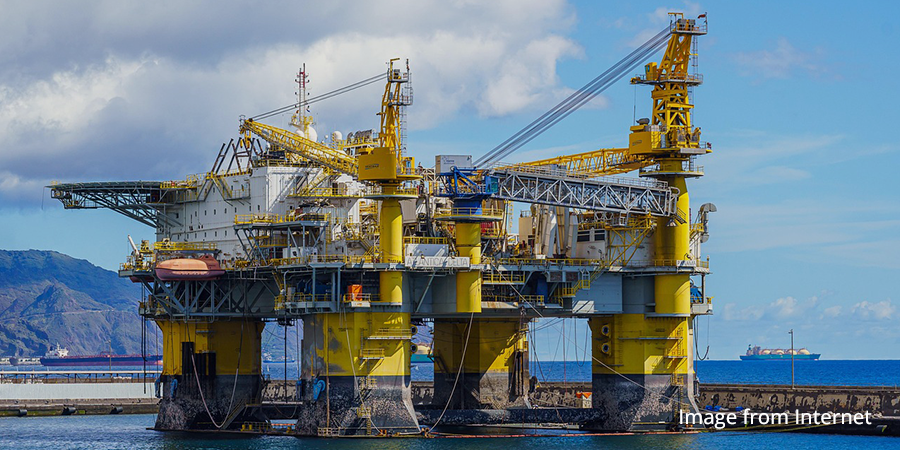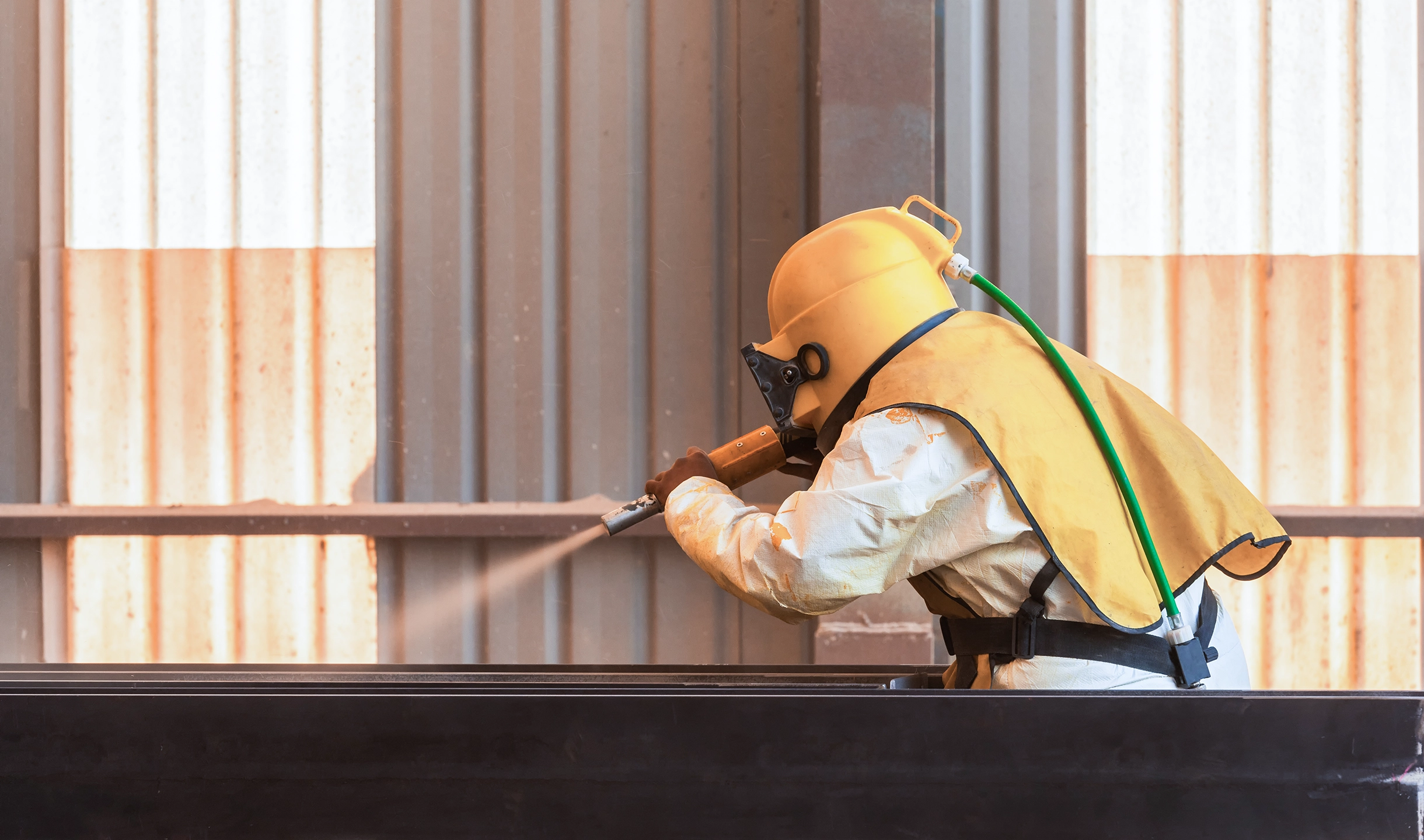Why Are Surface Soluble Salts So Critical to Corrosion Protection?
OneGarnet Consistently Achieves Soluble Salt Content Lower Than 20 mg/m²

In marine and industrial environments, surface soluble salts often go unnoticed. Yet they are one of the most critical causes of premature coating failure. When soluble salts such as chlorides and sulfates remain on the substrate, they react with moisture, oxygen, and metal, forming an electrolyte solution at the coating-steel surface.
This accelerates underfilm electrochemical corrosion and creates a self-sustaining cycle, resulting in weakened adhesion, formation of rust, and shortened coating life. By minimizing salt contamination, the corrosion cycle is delayed, and protective systems is possible to achieve their designed durability and corrosion resistance.
Marine, offshore, oil and gas projects pay high attention to soluble salt control because extreme corrosive exposure raises maintenance costs and increases safety risks due to structural deterioration.
To address these threats, strict international standards like ISO 8502-9 and NACE/SSPC limit soluble salts to ≤ 50 mg/m², while the NORSOK M-501 sets the toughest requirement at ≤ 20 mg/m². Meeting these levels is essential for achieving long-term durability in harsh conditions.
This is where OneGarnetTM and JadeCut® blasting abrasives deliver optimal value. As natural hard rock garnet, they offer exceptional purity with total chloride content below 3 ppm. Combined with innovated processing, soluble salt levels are under 20 mg/m², fully complying with the strictest standards.
In modern offshore projects, where maintenance cycles are expected to achieve 10 to 20 years, OneGarnet products provide a reliable solution. By lowering salt contamination, it helps asset owners reduce risk of failure, extend coating lifespans, and lower overall maintenance costs. OneGarnet safeguards structural safety and operational stability by providing a solid foundation for durable corrosion protection.


